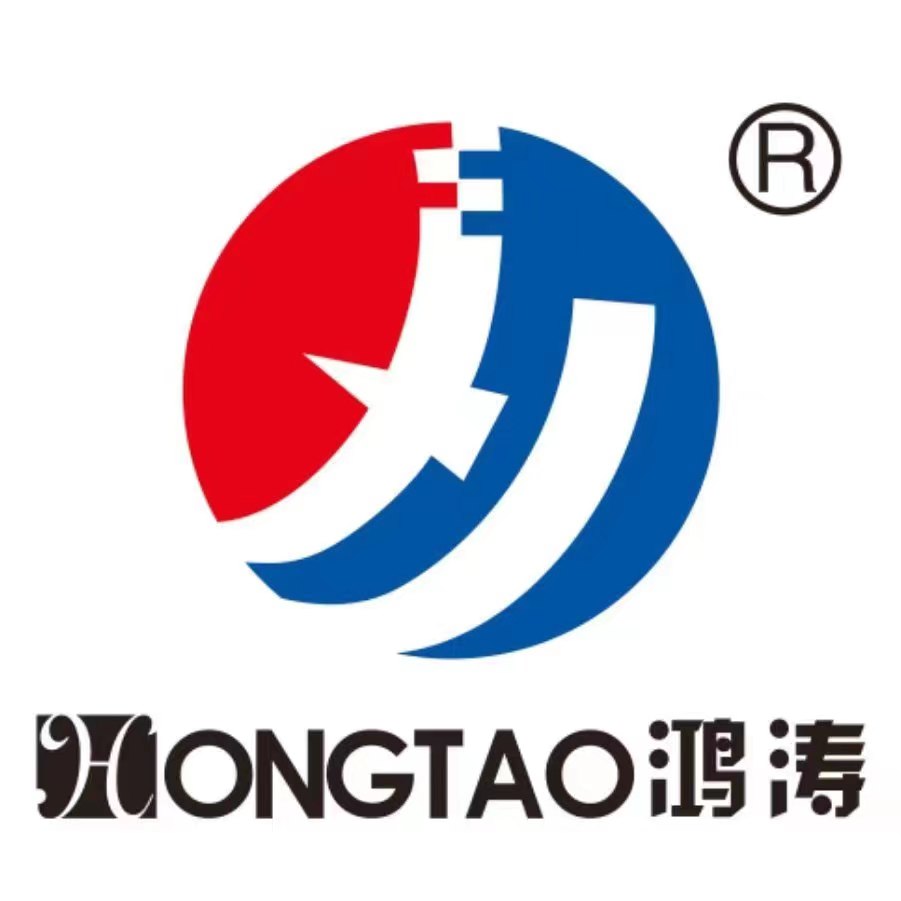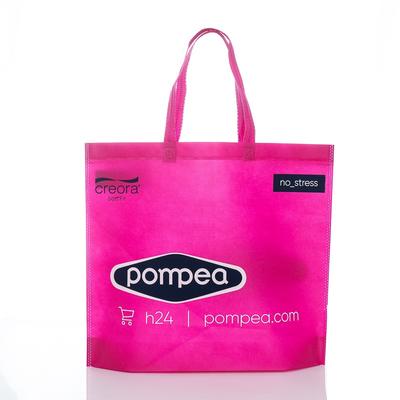How Do You Manufacture Eco-Friendly Bags? Exploring Sustainable Production Methods
In today's environmentally conscious world, the demand for eco-friendly products is on the rise, and this includes eco-friendly bags. But what exactly goes into manufacturing these sustainable alternatives to traditional plastic bags? Let's delve into the process of manufacturing eco-friendly bags and explore the sustainable production methods used in their creation.

Choosing Sustainable Materials
The first step in manufacturing eco-friendly bags is selecting sustainable materials. Unlike traditional plastic bags, which are made from non-biodegradable materials like polyethylene, eco-friendly bags are typically made from biodegradable or compostable materials such as organic cotton, jute, hemp, bamboo, or recycled plastics.
Eco-Friendly Bag Production Methods
1. Weaving or Knitting: For materials like organic cotton, jute, hemp, or bamboo, the production process often involves weaving or knitting the fibers into fabric sheets. These fabric sheets will later be cut and sewn into the desired bag shapes.
2. Extrusion: In the case of recycled plastics, the production process starts with collecting post-consumer plastic waste, such as plastic bottles or packaging. The collected plastic is then cleaned, shredded, and melted down through a process called extrusion. The melted plastic is then formed into thin sheets or pellets, which can be further processed into bag materials.
3. Cutting and Sewing: Once the bag materials are ready, they are cut into the desired shapes and sizes using cutting machines. These cut pieces are then stitched together using sewing machines to form the final bag structures.
Printing and Customization
Many eco-friendly shopping bags undergo printing and customization processes to add branding, logos, or designs. Water-based or eco-friendly inks are often used for printing to minimize environmental impact. Additionally, some manufacturers offer customization options such as embroidery or screen printing using eco-friendly techniques.
Quality Control and Testing
Before eco-friendly bags are ready for distribution, they undergo rigorous quality control and testing procedures to ensure they meet sustainability standards and durability requirements. This may include testing for strength, tear resistance, colorfastness, and biodegradability or compostability.
Packaging and Distribution
To maintain their eco-friendly credentials throughout the supply chain, eco-friendly bags are typically packaged using sustainable materials such as recycled paper or biodegradable plastics. They are then distributed to retailers or directly to consumers through eco-friendly shipping methods whenever possible, such as carbon-neutral shipping or using bio-based packaging materials.
Environmental Benefits of Eco-Friendly Bags
Manufacturing eco-friendly bags using sustainable materials and production methods offers several environmental benefits:
1. Reduction of Plastic Pollution: By using biodegradable or compostable materials, eco-friendly bags help reduce the amount of plastic pollution in the environment, particularly in oceans and waterways.
2. Conservation of Resources: Sustainable materials like organic cotton, jute, hemp, and bamboo require fewer resources to produce compared to traditional plastics, contributing to resource conservation and reduced carbon footprint.
3. Support for Circular Economy: Many eco-friendly bags are made from recycled materials, supporting the principles of a circular economy by diverting waste from landfills and reducing the demand for virgin resources.
4. Biodegradability and Compostability: Eco-friendly bags made from biodegradable or compostable materials break down naturally at the end of their lifecycle, reducing the burden on landfills and contributing to soil health.
In conclusion, the manufacturing process of eco-friendly bags involves careful selection of sustainable materials, use of eco-friendly production methods, quality control, and adherence to environmental standards. By choosing eco-friendly shopping bags, consumers can make a positive impact on the environment while enjoying durable and stylish alternatives to traditional plastic bags.
































